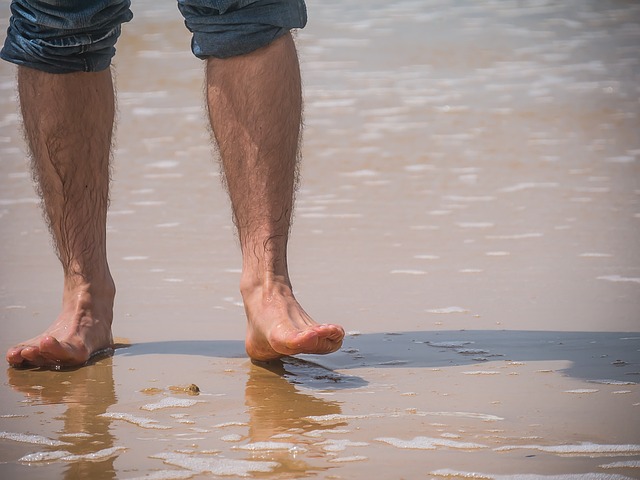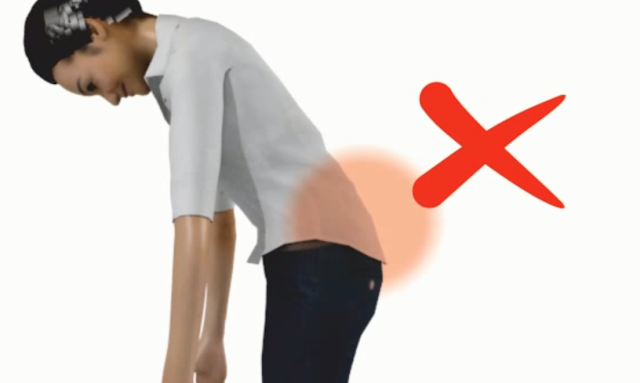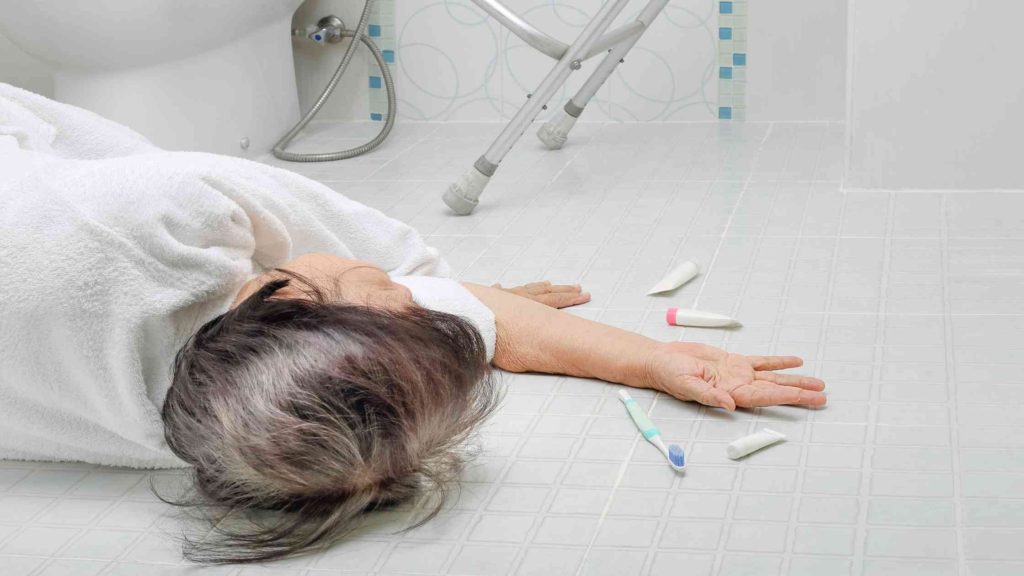
During the winter season, the elderly are at an increased risk due to the chilly temperatures, particularly those with high blood pressure. This article will explore essential measures to ensure the safety and well-being of your elderly family members during this season. Furthermore, we will discuss identifying warning signs of a possible stroke, a significant concern during the colder months.
Precautions for the Cold Season
It is important to take precautions during the chilly season to prevent the onset of a stroke. Ensure your living space is well-heated to keep it warm and cosy. It’s advisable to limit outdoor activities, and if your older family members are used to their morning walks, you may want to consider adjusting the timing due to the cold weather.
The chilly weather can worsen issues for people with high blood pressure, making these preventive measures all the more crucial.
Recognizing Stroke Signs with FAST
Stroke is a serious medical condition that can have devastating consequences if not treated promptly. In fact, stroke is the second leading cause of death worldwide and a major cause of disability. One of the most important factors in ensuring a positive outcome for stroke patients is timely recognition and treatment.
One tool that has been developed to help with this is the FAST sign for stroke. The FAST sign is a simple and easy-to-remember acronym that can help individuals identify the signs of a stroke and take appropriate action. In this article, we’ll take a closer look at what the FAST sign for stroke is, how it works, and why it’s so important.
Face (F):
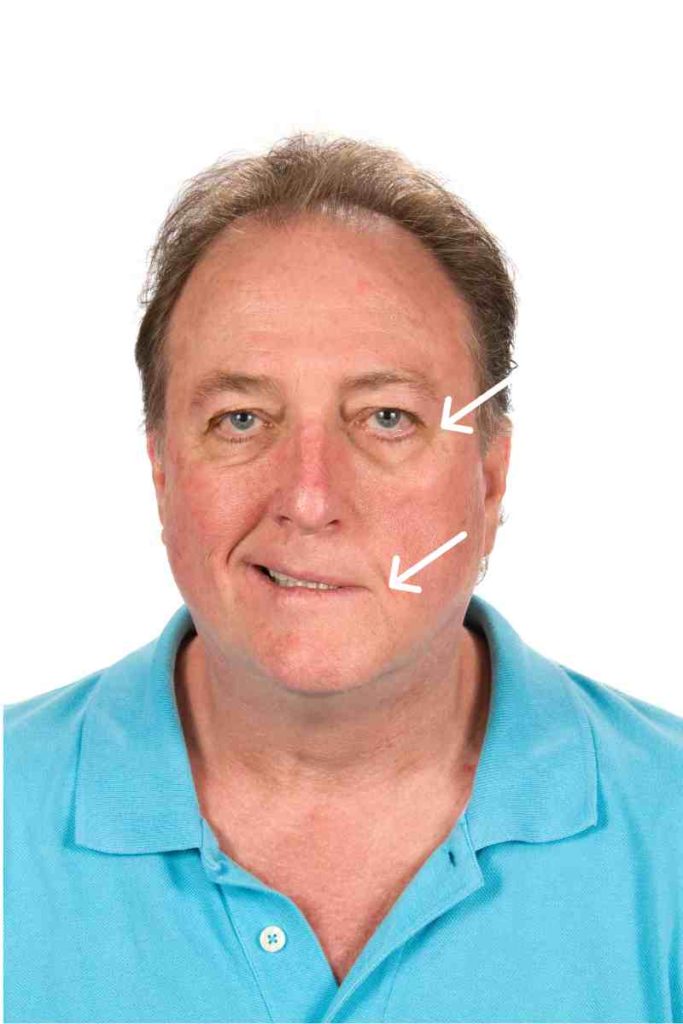
- Please monitor the person’s face for any unevenness, especially around the lips and eyes.
- If a stroke occurs, the corner of the lips may tilt on one side, or the eye may droop.
Speech (A):
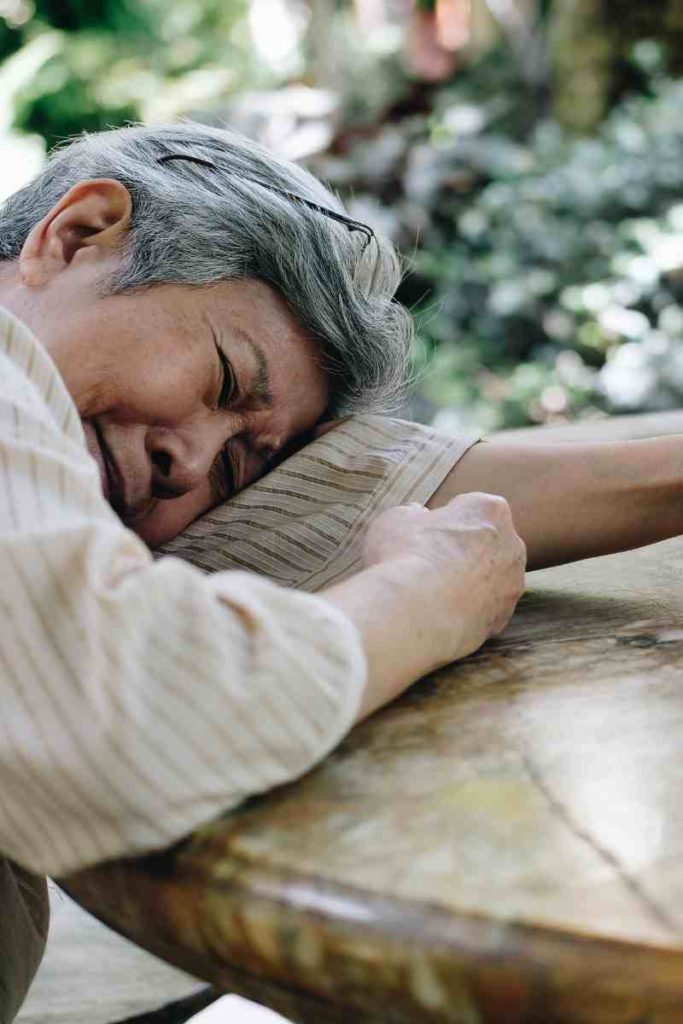
- Try talking to the person, asking questions, like ‘What happened, dad?’ or anything that creates a conversation.
- In normal conditions, even if someone falls, they will respond to you. If they cannot speak, keep an eye out for any slurred speech or difficulty pronouncing words.
- This could indicate a stroke, so it’s important to recognise communication difficulties as a potential symptom.
Arm (S):
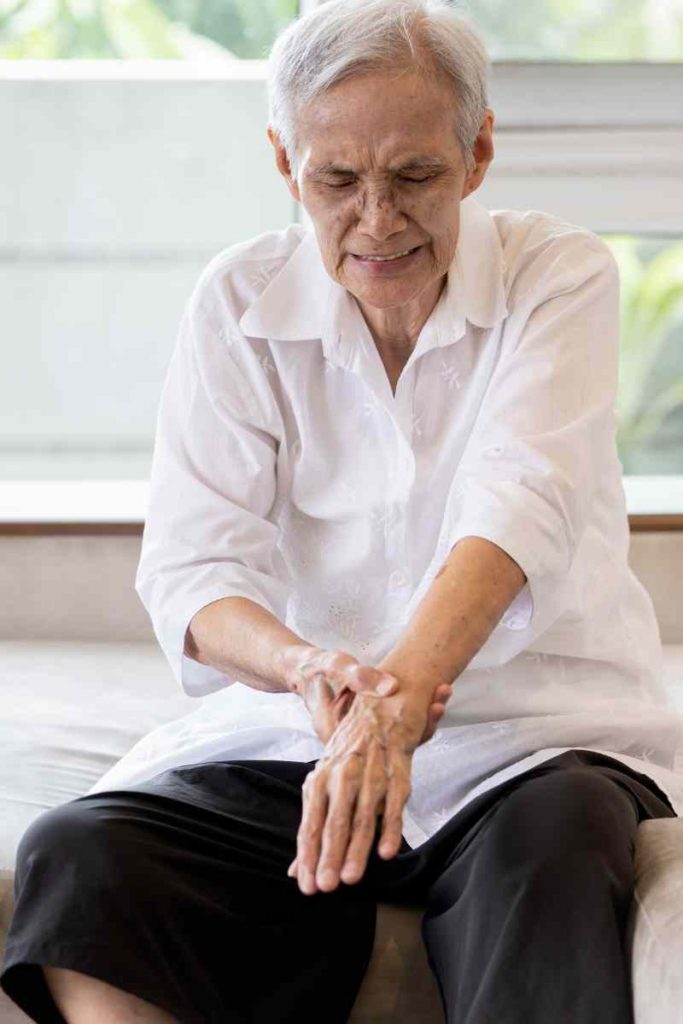
- Ask the person to raise arms by trying to shake hands.
- Check for any weakness or the inability to lift both arms.
- Uneven arm movement could indicate a potential stroke.
Treatment (T):
If you observe any of the aforementioned signs, take swift action. Dial emergency services, ask for an ambulance, and immediately take the person to the hospital. Receiving medical attention promptly is critical in reducing the impact of a stroke.
Conclusion
During the chilly winter months, it’s of utmost importance to keep a close watch on the well-being of our elderly loved ones, particularly those grappling with high blood pressure. Being able to discern the symptoms of a stroke and taking prompt action can go a long way in safeguarding their health and averting possible paralysis. Stay well-informed, take necessary precautions, and, above all, respond immediately when necessary. Your diligence could turn out to be life-saving.
Keep Reading: Increased Stroke Risk Linked with Long working hour| Study


